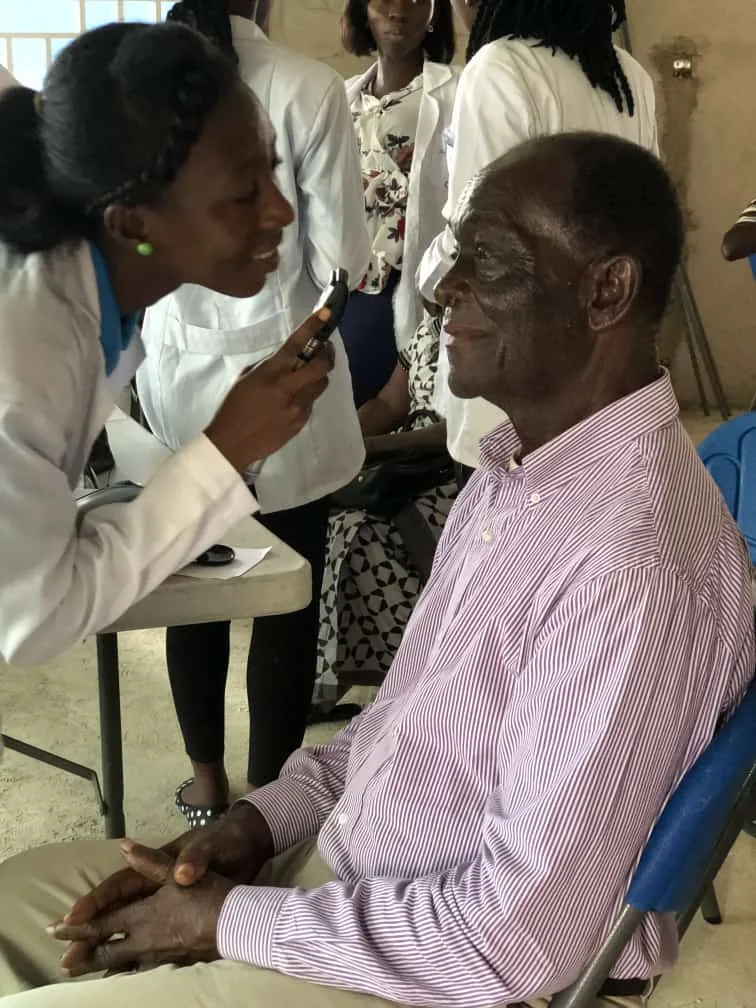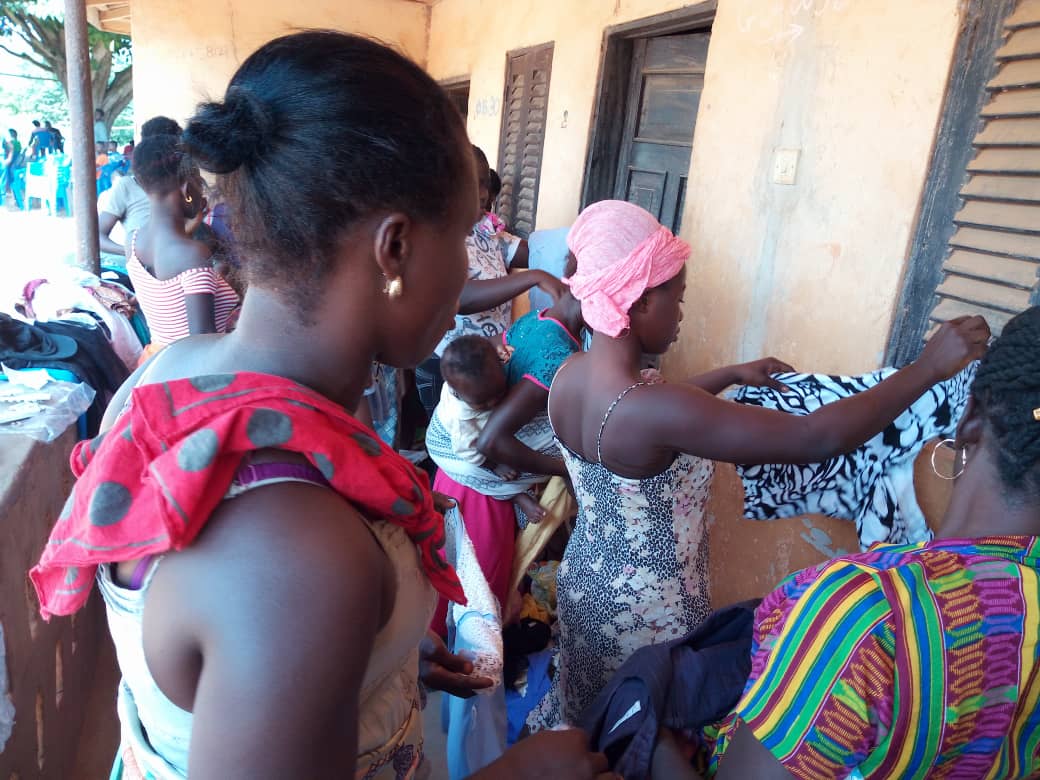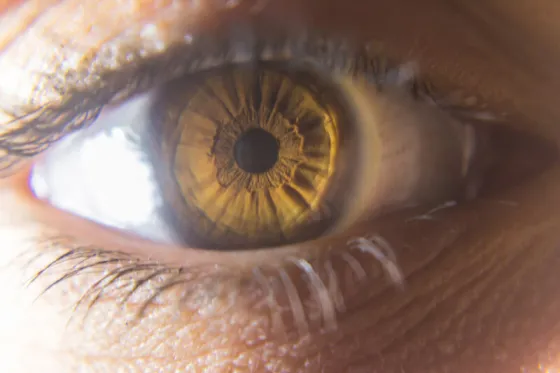Optic neuritis(ON) is an optic nerve cell injury caused by inflammation; a demyelinating disorder resulting in an acute visual loss. The clinical presentation of ON vary, it may occur separately as a monosymptomatic idiopathic condition or in the presence of neuromyelitis Optica and multiple sclerosis central nervous system demyelinating disorders. Twenty percent of multiple sclerosis patients show signs of ON as the first clinical presentation whereas 50% present signs of ON during the clinical cause of multiple sclerosis. Seldom, ON may occur in association with chronic relapsing inflammatory optic neuropathy, post-vaccination responses and, systemic immune disorders.Other uncommon courses of ON are autoimmune diseases (such as sarcoidosis and systemic lupus) erythematosus, post-vaccination immunological and inflammatory responses, rubella and measles vaccinations and infectious causes such as syphilis etc.
Classification/Signs
Based on the site of involvement ON can be of four subtypes namely;
• Retrobulbar neuritis: inflammation of the optic nerve behind the eye. There is a normal optic disc appearance
• Papillitis: inflammation of the optic disc. This is coupled with optic disc swelling
• Perineuritis: inflammation of the sheath of the optic nerve of which the nerve itself is spared. There may or may not be an optic disc swelling.
• Neuroretinitis: concomitant swelling of the optic nerve and macula. The macular may present a star due to the exudates. Neuroretinitis can occur at any age.
Retrobulbar neuritis and papillitis are mostly associated with MS whereas Perineuritis and Neuroneuritis are of inflammatory and infectious origin
ON can also be classified as atypical or typical based on clinical
Typical ON is characterized by; Uhthoff’s phenomenon (Visual symptoms worsen with exercise or rise in body temperature), Reduced contrast sensitivity, Visual field defects, Ipsilateral relative afferent pupillary defect (RAPD), Females > males, Unilateral loss of visual acuity, 90% Periorbital pain, Pulfrich phenomenon (misperception of objects direction when in motion), Normal (65%)or swollen (35%) (predominant in children) optic nerve head.
Atypical ON is characterized by; Painless/painful/persistent pain increases in 2 weeks, bilateral involvement, Abnormal ocular findings( swollen optic nerve head, intense optic disc hemorrhages, retinal phlebitis and, uveitis)
The Diagnosis
The history of patients and findings from clinical examination are the most used parameters use to establish the diagnosis of Optic neuritis, however, a thorough ophthalmic, neurologic and systemic examination should be considered. A fundoscopic examination help to differentiate the typical and atypical signs of ON hence is very key in the diagnosis of ON. Magnetic resonance imaging(MRI), fluorescein angiography, visual evoked response(VER), optical coherent tomography(OCT), Lumbar puncture (used in atypical cases) and antibody testing are also used in evaluation and confirmation of ON diagnosis. Visual loss, periorbital pain as well as, dyschromatopsia (clinical triad) are used in ON diagnosis. Optic neuritis has a temporal effect on visual form processing but a long-standing effect on the processing of visual motion, hence this is also considered in ascertaining the acute or chronic nature of ON.
Treatment
Current research showed that in giving Oral prednisone (1mg/kg body weight/day) for a period of fourteen days was compared with intravenous methylprednisolone(1000mg/day) for 3 days and then followed by oral prednisolone (1mg/kg body weight) for 11 days as well as a placebo treatment during the clinical trial. The latter led to a rapid vision recovery as compared to the former, but the penultimate outcome with respect to visual acuity, visual fields, contrast and color perception was not better than the former. The use of immunosuppressive therapies (oral azathioprine, mycophenolate mofetil coupled with or without small dose prednisolone or rituximab) to prevent recurrent attacks


What is @bettervision about?
@bettervision is is a project initiated by @nattybongo and friends to give back to the society the knowledge and skill acquired through the Optometric Studies in Kwame Nkrumah University of Science and Technology, Ghana.It is an outreach system where we visit the less privileged communities to offer free eye screening services and education to the people within the community
AIMS AND OBJECTIVES
To reduce or prevent vision loss through diseases such as glaucoma, cataract and refractive errors.
To enlighten the majority of the Ghanaian population about the importance of proper visual care.
To conscientize people on the need for regular eye checks
To get more people to have their wards screened within the Critical periods of a Child’s Vision Development; thus from ages 3 to till about 10 years.
To help the blind and people with low vision live a better life within the society through education of the general public to stop stigmatization.
To help in the fight of extreme poverty that puts the health of people at risk

Our greatest gratitude goes to @fundition @adollaraday @surfyogi @girlsfoundation @bleepcoin @ackza @indigoocean @nanzo-scoop @steemstem @demotruk @pennsif @steem-ambassador @kasho and @wafrica for helping to make the aims and objectives of @bettervision a reality.


shirt.jpg](https://images.ecency.com/p/3jpR3paJ37V8JxyWvtbhvcm5k3roJwHBR4WTALx7XaoRovbdkGwm8sDfo9UUXEuNZXBMC1kdmJ6coMxZnzE8tqnHbG5dNEHKxuT43r9nisaaZ4NderHKyDtCXn8wp1tG6F6zi.png?format=match&mode=fit)


